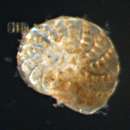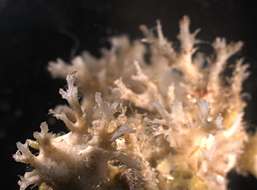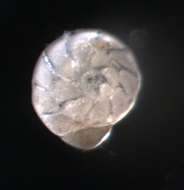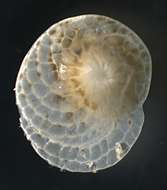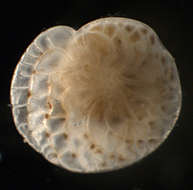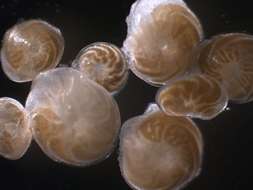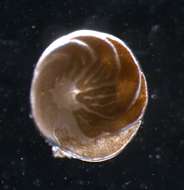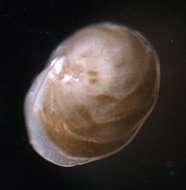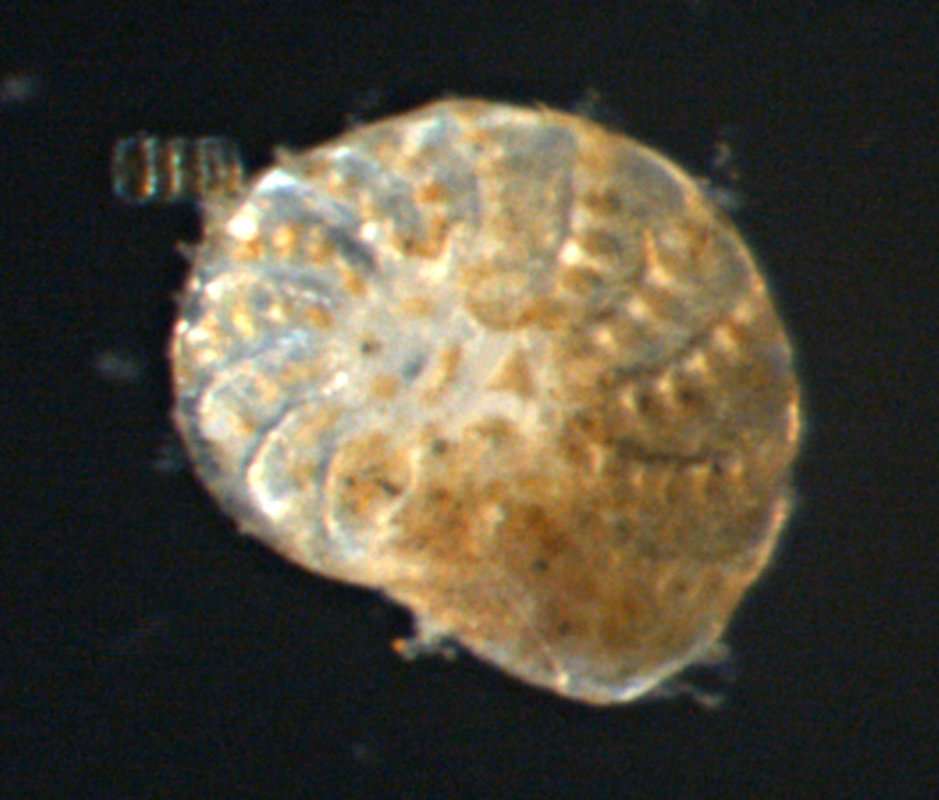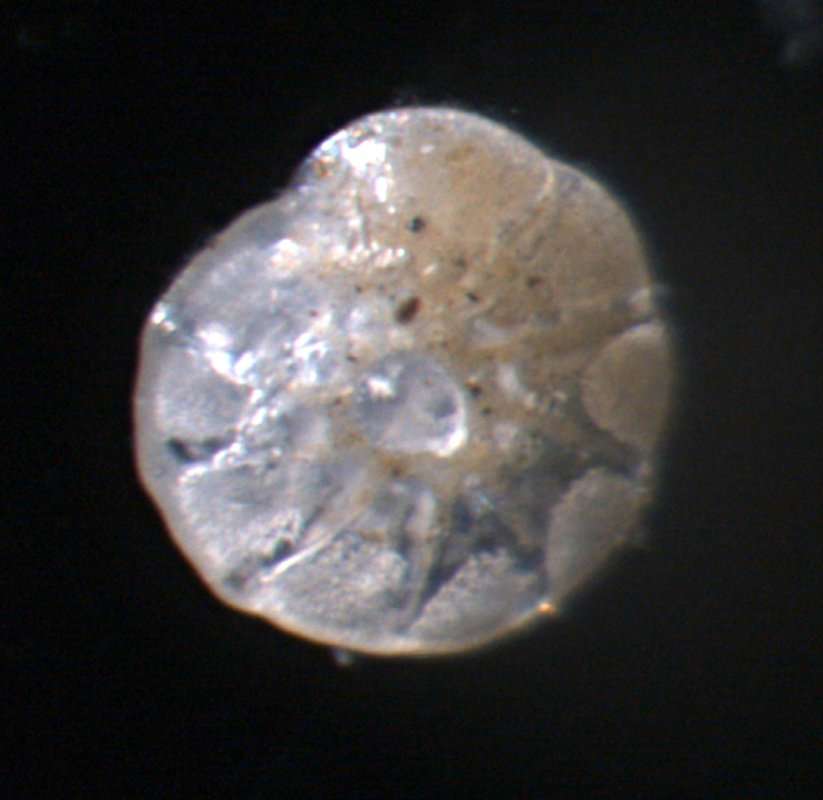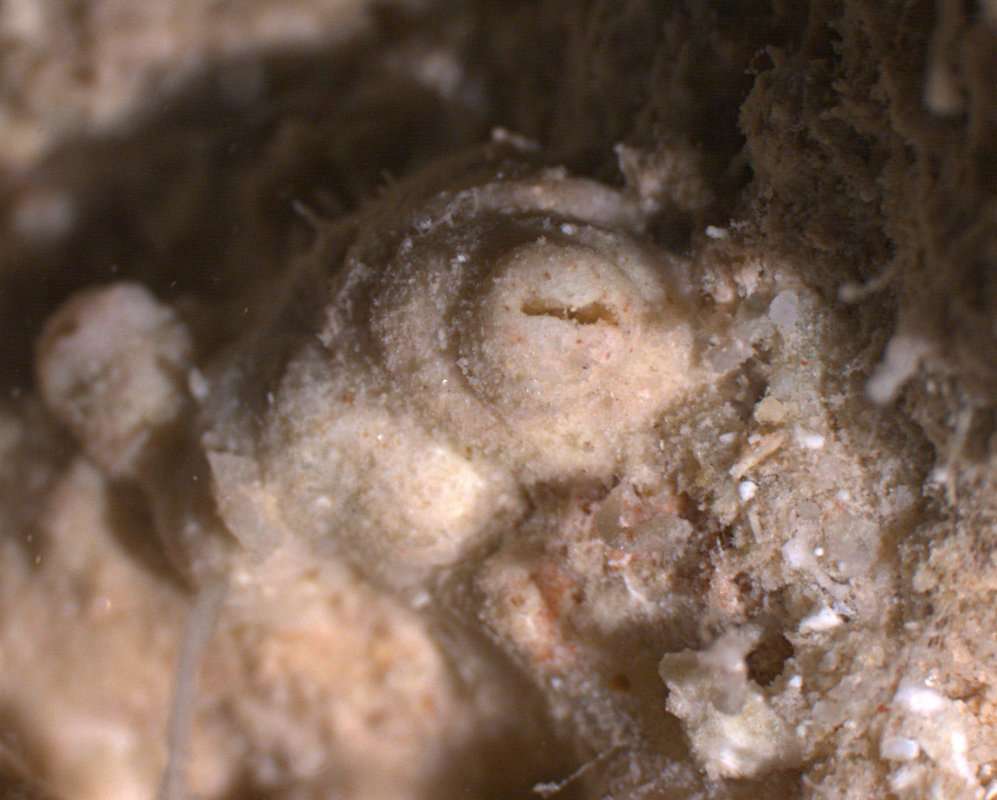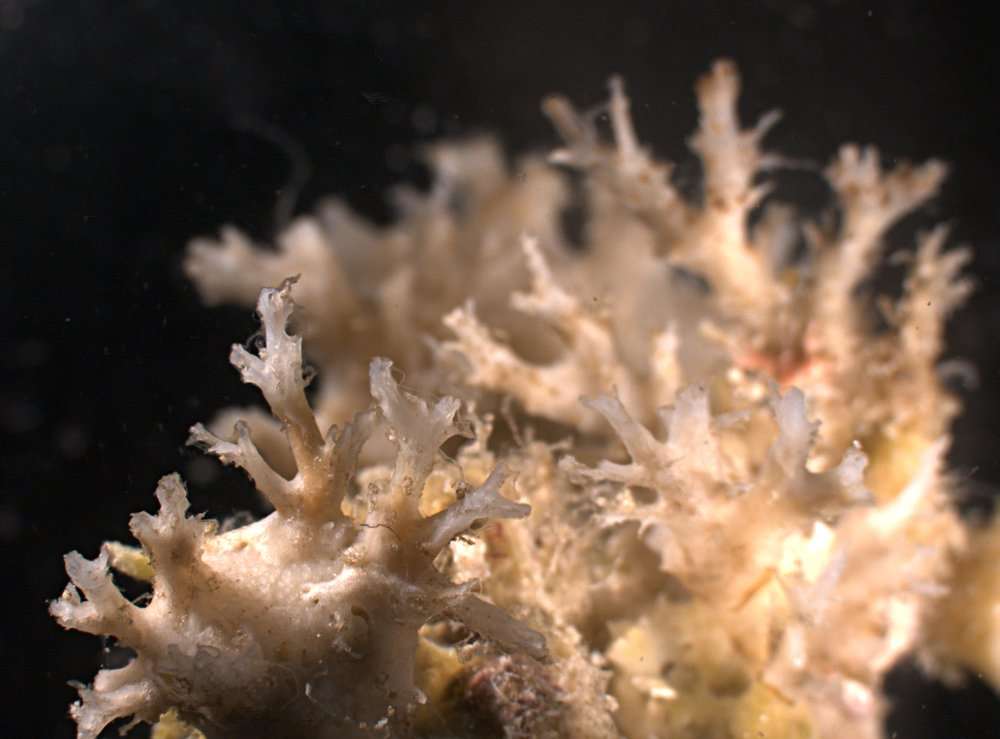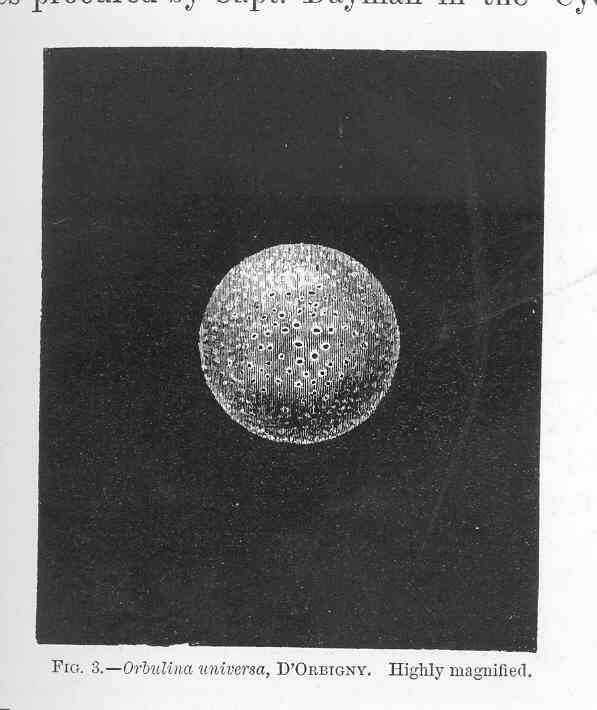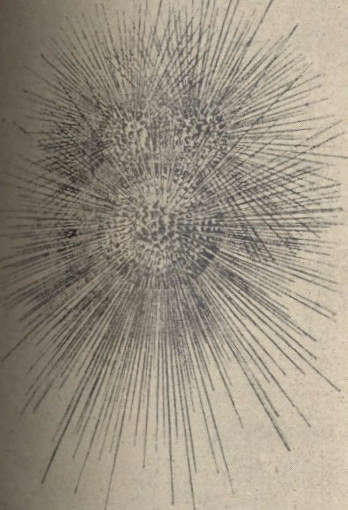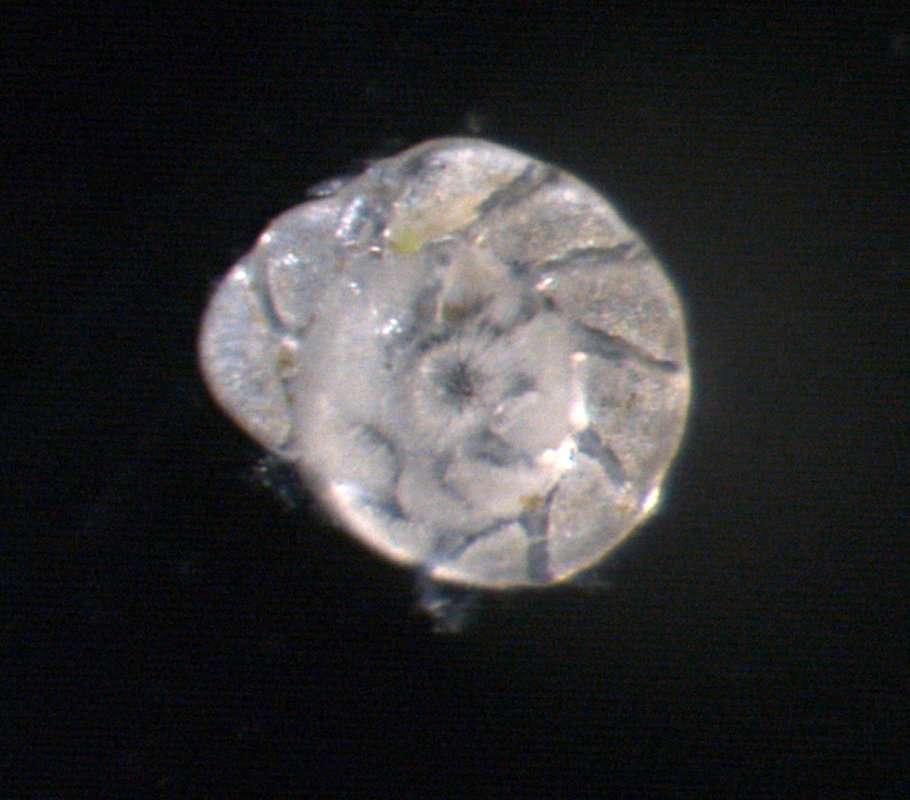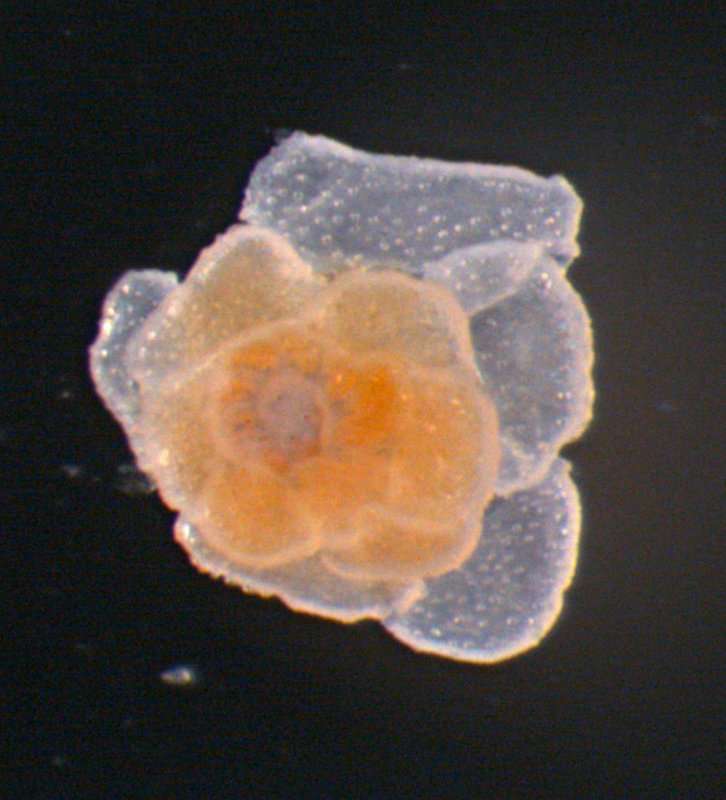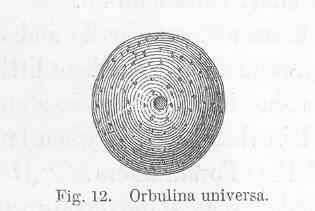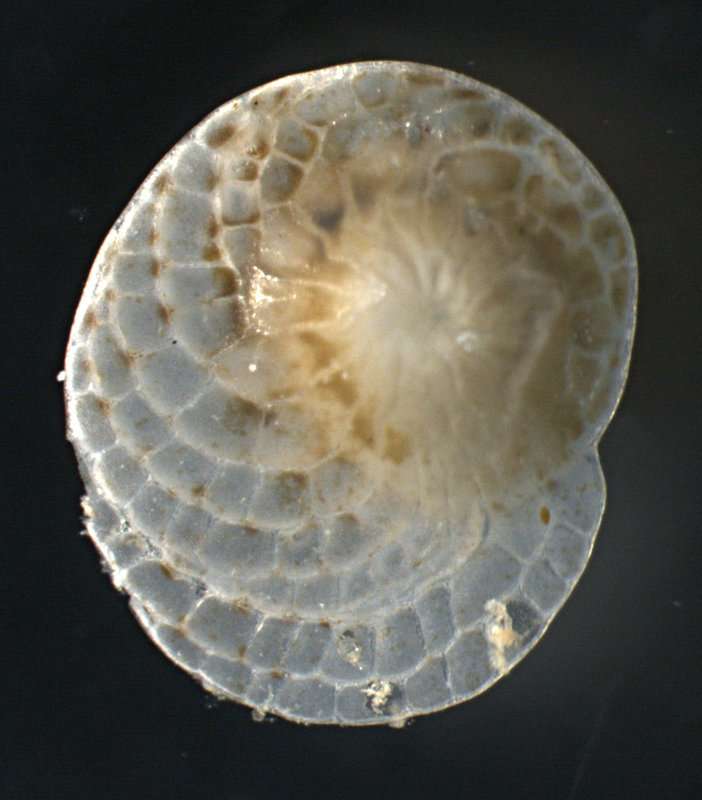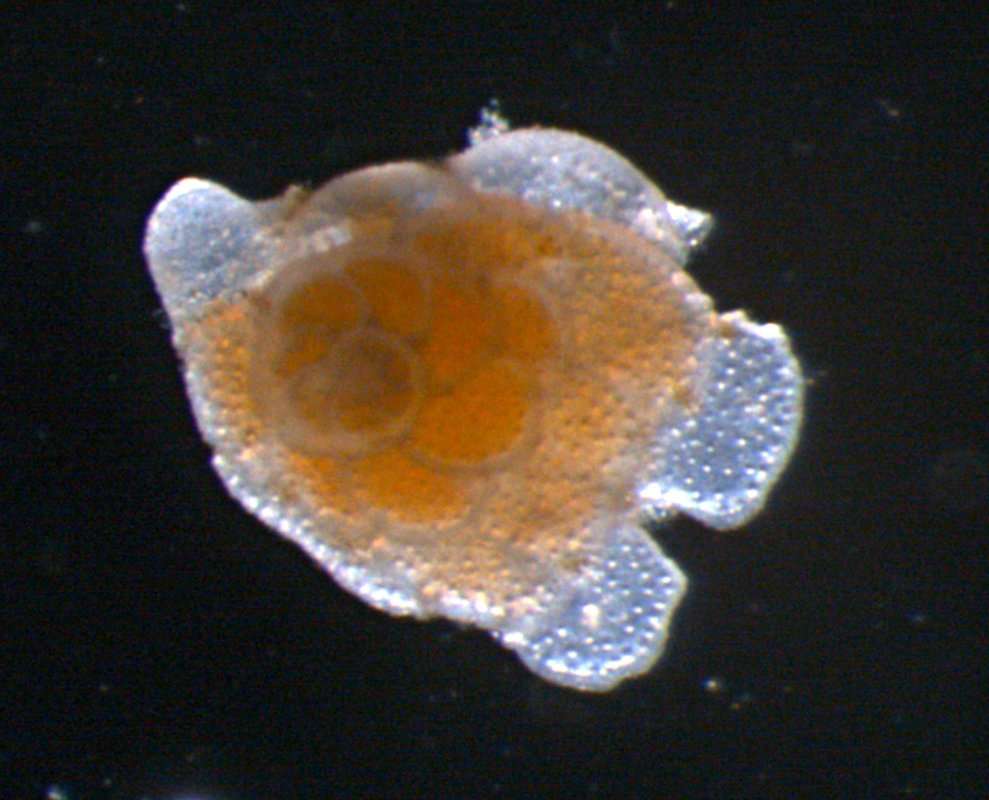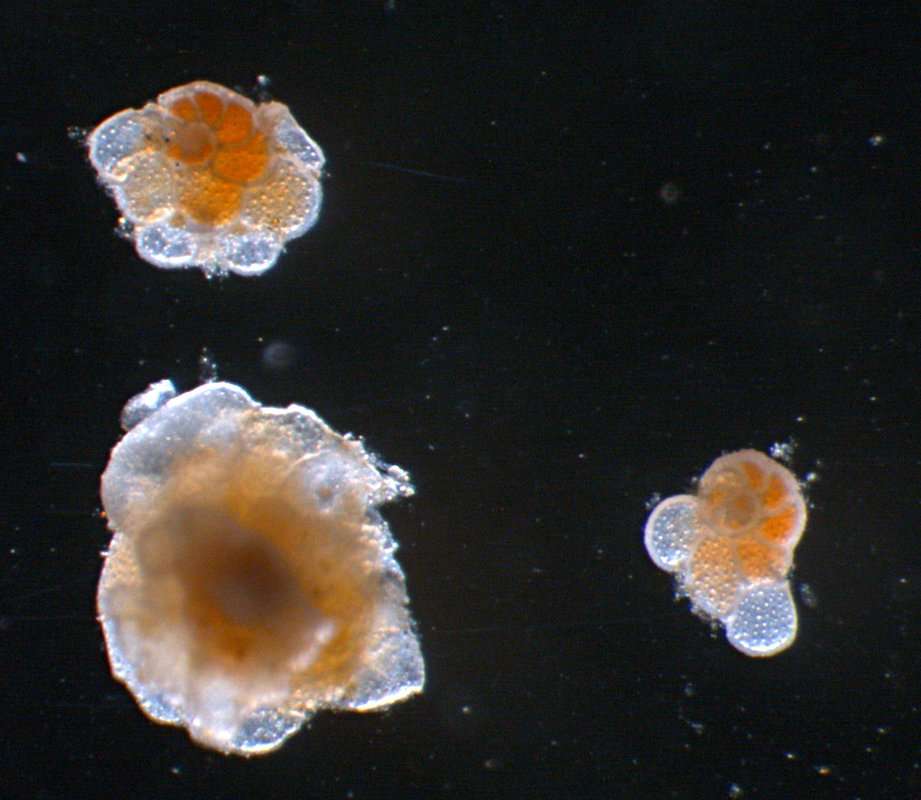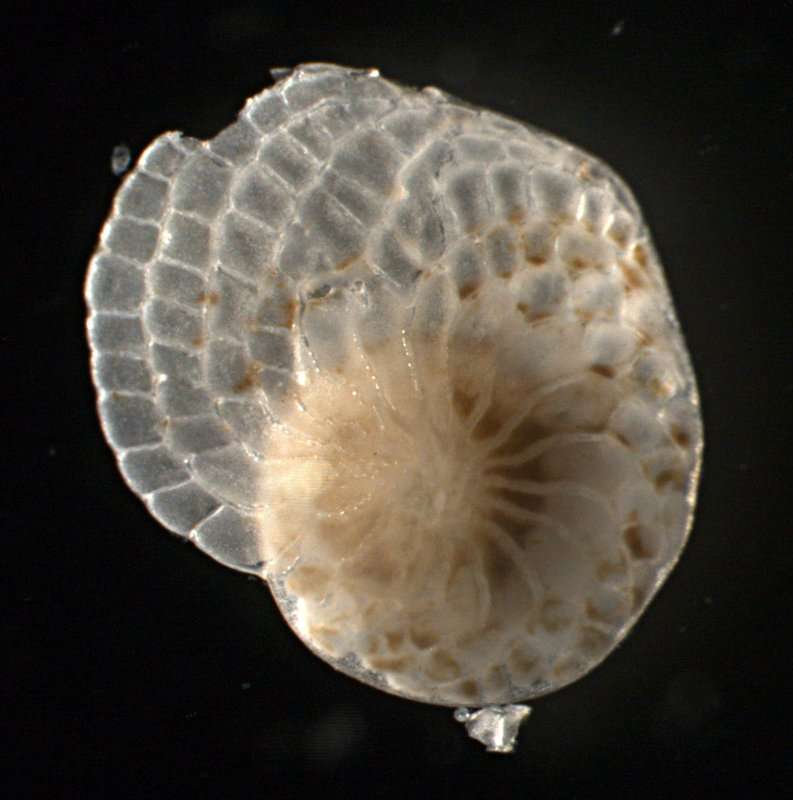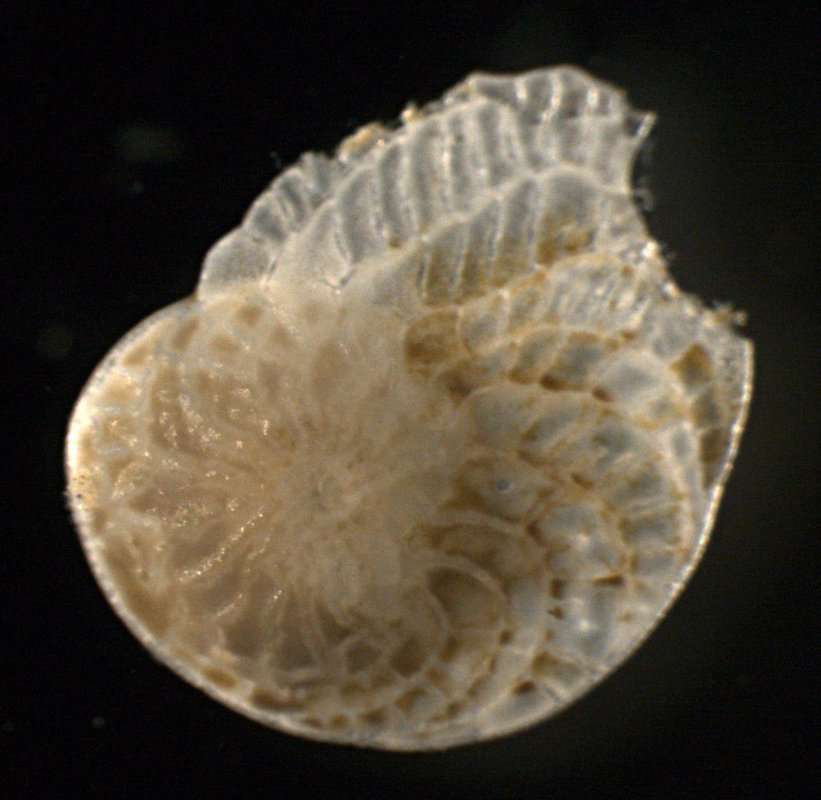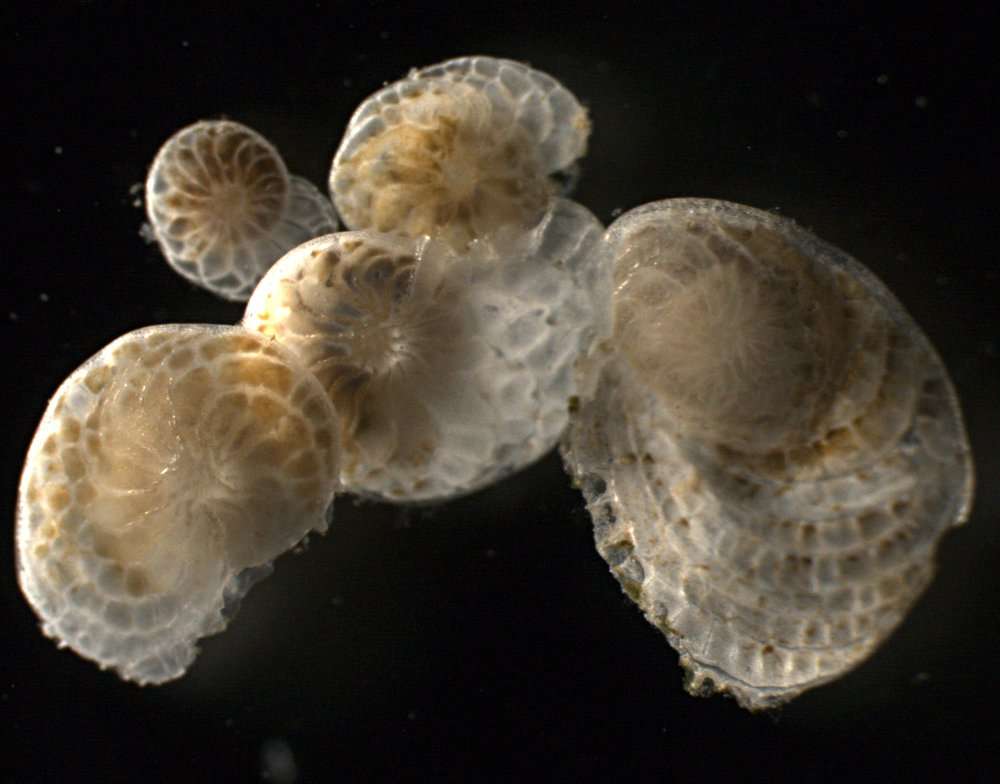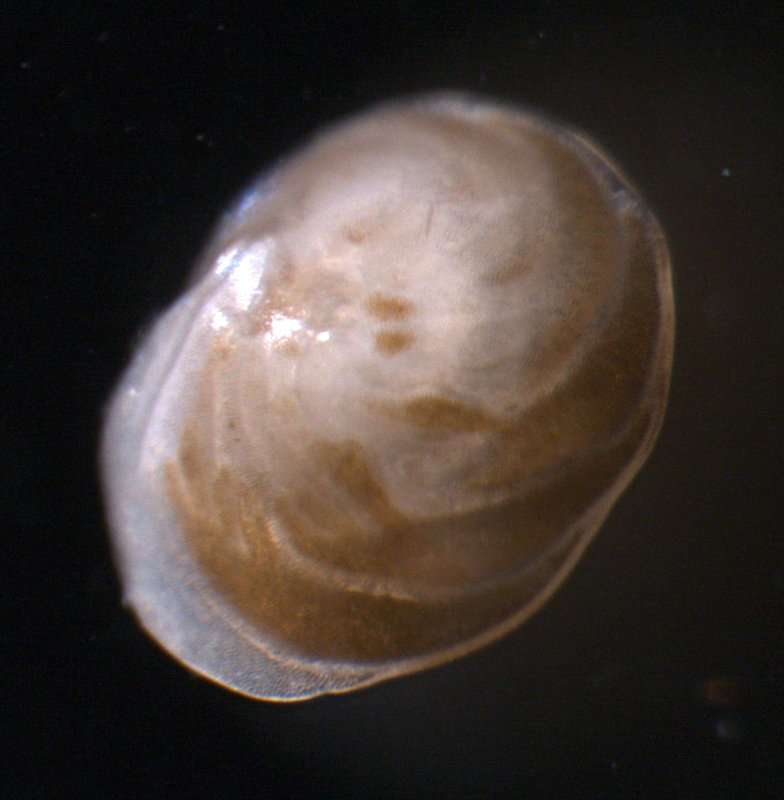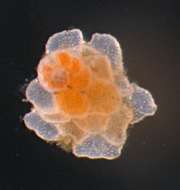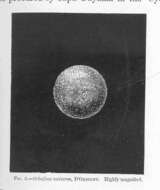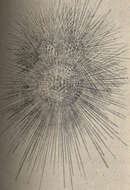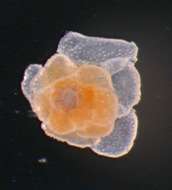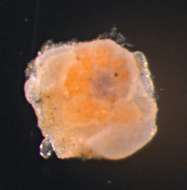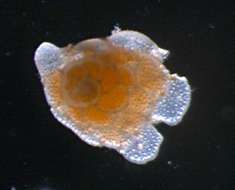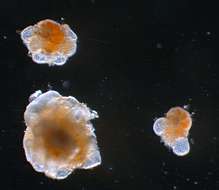-
All Biocode files are based on field identifications to the best of the researcher’s ability at the time.
-
All Biocode files are based on field identifications to the best of the researcher’s ability at the time.
-
All Biocode files are based on field identifications to the best of the researcher’s ability at the time.
-
All Biocode files are based on field identifications to the best of the researcher’s ability at the time.
-
All Biocode files are based on field identifications to the best of the researcher’s ability at the time.
-
Orbulina universa, d'Orbigny.
-
Globigerina bulioides Brady (Challenger).
-
All Biocode files are based on field identifications to the best of the researcher’s ability at the time.
-
All Biocode files are based on field identifications to the best of the researcher’s ability at the time.
-
Orbulina universa.
-
All Biocode files are based on field identifications to the best of the researcher’s ability at the time.
-
All Biocode files are based on field identifications to the best of the researcher’s ability at the time.
-
All Biocode files are based on field identifications to the best of the researcher’s ability at the time.
-
All Biocode files are based on field identifications to the best of the researcher’s ability at the time.
-
All Biocode files are based on field identifications to the best of the researcher’s ability at the time.
-
All Biocode files are based on field identifications to the best of the researcher’s ability at the time.
-
All Biocode files are based on field identifications to the best of the researcher’s ability at the time.
-
All Biocode files are based on field identifications to the best of the researcher’s ability at the time.
-
All Biocode files are based on field identifications to the best of the researcher’s ability at the time.
-
All Biocode files are based on field identifications to the best of the researcher’s ability at the time.
-
All Biocode files are based on field identifications to the best of the researcher’s ability at the time.
-
All Biocode files are based on field identifications to the best of the researcher’s ability at the time.
-
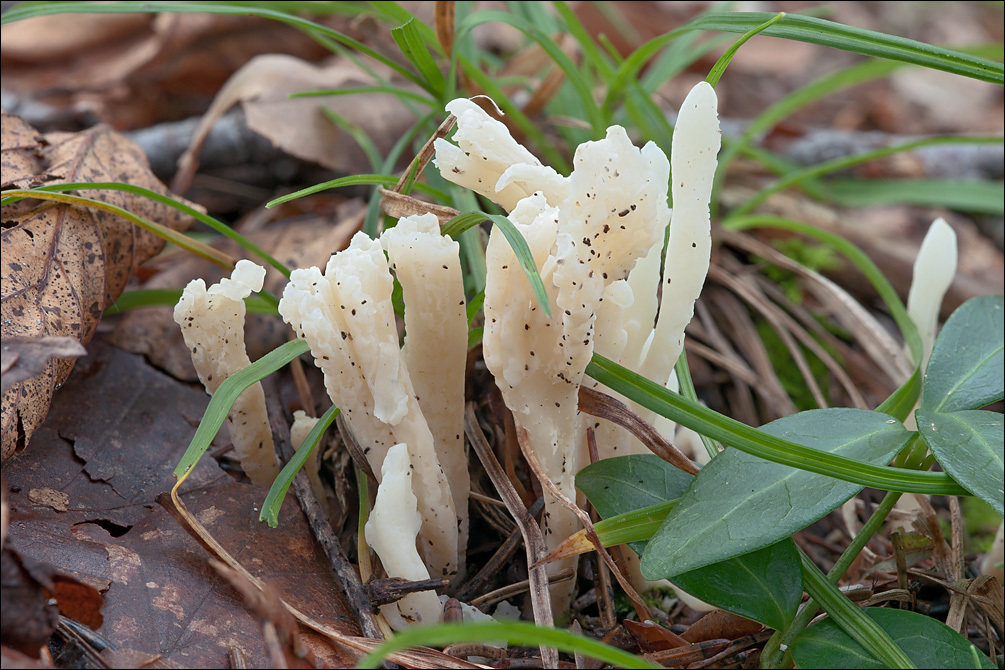
Slo.: brazdasta grivaa - syn.: Clavaria rugosa Bull. ex Fr. - Habitat: mixed wood, Fagus sylvatica and Picea abies dominant trees; SE oriented, moderately inclined mountain slope; shallow, skeletal soil layer, overgrown sandy calcareous ground with stones and rocks; relatively warm place; in shade; partly protected from direct rain by tree canopies; average precipitations ~ 3.000 mm/year, average temperature 7-8 deg C, elevation 658 m (2.150 feet), alpine phytogeographical region. - Substratum: forest soil, rotten leaves, among stones and mosses. - Comments: To distinguish among four species of genus Clavulina - namely Clavulina cinerea, Clavulina cristata (syn.: C. coralloides), Clavulina rugosa and Clavulina amethystina - growing in Slovenia is not always simple. All have very variable habitus and many times intermediate forms appear. In addition, often they are infested by parasitic fungi, which change their appearance particularly color. - Generally Clavulina cinerea is supposed to be some shade of gray (German common name Graue Koralle), richly branched with dense, slender branches, with more or less stout 'trunk' and rather tough flesh. Clavulina cristata forms densely branched tufts and tips of the branches are fringed and cristate. Clavulina rugosa is white to cream, simple or with much fewer side branches with blunt tips. It has no or barely noticeable 'trunk', distinctly uneven surface of branches and rather fragile flesh. Clavulina amethystina is violet. - Habitus of fruit bodies found clearly fit to Clavulina rugosa. Initially, I was almost sure in this determination - until I looked at spores. Their shape and a single large oil drop in each fit perfectly to Clavulina rugosa according to (Ref.:2). However, spores compared to all sources I've checked are markedly too small (see Figs. M2a and M2b) and actually dimensionally correspond much better to Clavulina cinerea (which spores, on other side, contain several smaller drops (Ref.2)). I have no explanation for this discrepancy and also lack knowledge to judge how important it is. Still, habitus of the fungi found seems to me hard to interpret as Clavulina cinerea. Of cause, this may not be the only option? - Growing scattered solitary and in small groups of a few individual fruit bodies; more than 15 fruit bodies on an area of 2 x 2 m; fruit bodies up to 5 cm tall and 2.5 cm wide; branches around 1.5-2 mm in diameter; taste and smell indistinctive; flesh brittle; SP white with slight yellow tint, oac5. - Spores smooth. Dimensions: 7.7 [8.4 ; 8.7] 9.4 x 6.7 [7.2 ; 7.4] 8 microns; Q = 1.1 [1.2] 1.3; N = 37; C = 95%; Me = 8.6 x 7.3 microns; Qe = 1.2. Olympus CH20, NEA 100x/1.25, magnification 1.000 x, oil, in water, live material. AmScope MA500 digital camera. - Herbarium: Mycotheca and lichen herbarium (LJU-Li) of Slovenian Forestry Institute, Vena pot 2, Ljubljana, Index Herbariorum LJF - Ref.: (1) G.J. Krieglsteiner (Hrsg.), Die Grosspilze Baden-Wrttembergs, Band 2., Ulmer (2000), p 56. (2) J.Breitenbach, F.Kraenzlin, Eds., Fungi of Switzerland, Vol.2. Verlag Mykologia (1984), p 354. (3) S. Buczacki, Collins Fungi Guide, Collins (2012), p 456. (4) R. Phillips, Mushrooms, Macmillan (2006), p 345.(5) M. Bon, Parey's Buch der Pilze, Kosmos (2005), p 308. S C. cinerea, 'Graue Koralle' Asch grau, 10/9 (6) D. Arora, Mushrooms Demystified, Ten Speed Press, Berkeley (1986), p 642.
-

Slo.: brazdasta grivaa - syn.: Clavaria rugosa Bull. ex Fr. - Habitat: mixed wood, Fagus sylvatica and Picea abies dominant trees; SE oriented, moderately inclined mountain slope; shallow, skeletal soil layer, overgrown sandy calcareous ground with stones and rocks; relatively warm place; in shade; partly protected from direct rain by tree canopies; average precipitations ~ 3.000 mm/year, average temperature 7-8 deg C, elevation 658 m (2.150 feet), alpine phytogeographical region. - Substratum: forest soil, rotten leaves, among stones and mosses. - Comments: To distinguish among four species of genus Clavulina - namely Clavulina cinerea, Clavulina cristata (syn.: C. coralloides), Clavulina rugosa and Clavulina amethystina - growing in Slovenia is not always simple. All have very variable habitus and many times intermediate forms appear. In addition, often they are infested by parasitic fungi, which change their appearance particularly color. - Generally Clavulina cinerea is supposed to be some shade of gray (German common name Graue Koralle), richly branched with dense, slender branches, with more or less stout 'trunk' and rather tough flesh. Clavulina cristata forms densely branched tufts and tips of the branches are fringed and cristate. Clavulina rugosa is white to cream, simple or with much fewer side branches with blunt tips. It has no or barely noticeable 'trunk', distinctly uneven surface of branches and rather fragile flesh. Clavulina amethystina is violet. - Habitus of fruit bodies found clearly fit to Clavulina rugosa. Initially, I was almost sure in this determination - until I looked at spores. Their shape and a single large oil drop in each fit perfectly to Clavulina rugosa according to (Ref.:2). However, spores compared to all sources I've checked are markedly too small (see Figs. M2a and M2b) and actually dimensionally correspond much better to Clavulina cinerea (which spores, on other side, contain several smaller drops (Ref.2)). I have no explanation for this discrepancy and also lack knowledge to judge how important it is. Still, habitus of the fungi found seems to me hard to interpret as Clavulina cinerea. Of cause, this may not be the only option? - Growing scattered solitary and in small groups of a few individual fruit bodies; more than 15 fruit bodies on an area of 2 x 2 m; fruit bodies up to 5 cm tall and 2.5 cm wide; branches around 1.5-2 mm in diameter; taste and smell indistinctive; flesh brittle; SP white with slight yellow tint, oac5. - Spores smooth. Dimensions: 7.7 [8.4 ; 8.7] 9.4 x 6.7 [7.2 ; 7.4] 8 microns; Q = 1.1 [1.2] 1.3; N = 37; C = 95%; Me = 8.6 x 7.3 microns; Qe = 1.2. Olympus CH20, NEA 100x/1.25, magnification 1.000 x, oil, in water, live material. AmScope MA500 digital camera. - Herbarium: Mycotheca and lichen herbarium (LJU-Li) of Slovenian Forestry Institute, Vena pot 2, Ljubljana, Index Herbariorum LJF - Ref.: (1) G.J. Krieglsteiner (Hrsg.), Die Grosspilze Baden-Wrttembergs, Band 2., Ulmer (2000), p 56. (2) J.Breitenbach, F.Kraenzlin, Eds., Fungi of Switzerland, Vol.2. Verlag Mykologia (1984), p 354. (3) S. Buczacki, Collins Fungi Guide, Collins (2012), p 456. (4) R. Phillips, Mushrooms, Macmillan (2006), p 345.(5) M. Bon, Parey's Buch der Pilze, Kosmos (2005), p 308. S C. cinerea, 'Graue Koralle' Asch grau, 10/9 (6) D. Arora, Mushrooms Demystified, Ten Speed Press, Berkeley (1986), p 642.

